Frequently Asked Questions
1. What is the environmental impact of knife manufacturing?
2. What materials are commonly used in handmade knife production?
3. How can consumers promote sustainability when purchasing knives?
4. What waste management practices are being adopted in knife manufacturing?
5. What innovations are being made in sustainable knife manufacturing?
In this era of heightened environmental awareness, consumers are increasingly conscious of how their purchases affect the planet. One product that often goes unnoticed in environmental discussions is knives, particularly handmade knives. This blog post delves deep into the environmental impact of knife manufacturing, exploring its processes, materials, and the steps being taken toward sustainability.
The Knife-making Process: An Overview
Knife manufacturing involves several stages, from raw materials to finished products. Understanding this process is crucial in evaluating its environmental impact.
Materials Used in Knife Manufacturing
Knives are typically crafted from a variety of materials including:
- Carbon steel
- Stainless steel
- Handle materials (wood, plastic, composites)
- Other components (rivets, pins, etc.)
The source and sustainability of these materials significantly influence the overall footprint of handmade knives. For instance, some woods used in knife handles are sourced from deforested areas, while others may come from sustainable sources. It is essential to consider these factors when evaluating the environmental impact of knives.
Production Techniques
The traditional methods of knife making often employ techniques that minimize waste. For example, artisans who create handmade knives may use parts of the steel that would otherwise be discarded in mass production, thus contributing to a more sustainable approach.
The Carbon Footprint of Knife Manufacturing
Like many manufacturing processes, knife production contributes to carbon emissions. This section discusses the carbon footprint created at various stages of the knife-making process.
Raw Material Extraction
The extraction of metals like steel has a significant impact on the environment, including:
- Mining operations that disrupt ecosystems
- Energy-intensive processes that release greenhouse gases
While some manufacturers are looking into recycled materials as a more sustainable option, this is not yet a universal practice across the knife industry.
Energy Consumption in Production
Energy consumption during the actual production process can vary based on techniques used. Traditional blacksmithing may utilize less electricity compared to modern factories. However, the trade-off is often a slower production speed. The production of handmade knives typically emphasizes quality over quantity, which can help minimize energy usage over time.
Waste Management in Knife Production
Every manufacturing process generates waste, and knife making is no exception. Here's how waste is managed within the industry.
Types of Waste Generated
Knifemaking can produce various waste types, including:
- Metal shavings and scrap
- Spent oils and lubricants
- Packaging waste
The way this waste is dealt with can significantly impact environmental sustainability. Responsible manufacturers often find innovative ways to recycle or repurpose waste materials, reducing their overall ecological footprint.
Eco-Friendly Practices in Waste Management
Many artisans crafting handmade knives are adopting eco-friendly waste management practices, such as:
- Using biodegradable packaging
- Recycling metal scraps into new products
- Implementing closed-loop systems for oils and lubricants
These efforts help mitigate the negative environmental impacts associated with waste disposal in the knife-making industry.
The Importance of Ethical Sourcing
In today's market, consumers are increasingly mindful of where their products come from. Ethical sourcing plays a critical role in reducing the environmental impact of knife manufacturing.
Choosing Sustainable Materials
For those in the market for handmade knives, considering the materials used is essential. Many artisans focus on sourcing sustainable wood and responsibly mined metals. This not only preserves natural resources but also supports ethical practices.
Supporting Local Artisans
Purchasing knives from local artisans can drastically reduce the carbon footprint involved in transportation and distribution. By choosing handmade options, consumers can support local economies while advocating for more sustainable manufacturing practices.
Consumer Responsibility and Awareness
As consumers, we hold significant power in shaping the market through our decisions. By understanding the environmental impacts of our purchases, we can advocate for more sustainable practices within the knife manufacturing industry.
Research Before You Buy
It is crucial to do your homework. Before acquiring any knife, especially handmade knives, take time to research the brand’s environmental policies and production processes. Knowledgeable consumers can effectively promote change.
Seek Eco-Friendly Certifications
Look for knives that have received eco-friendly certifications. These can signal that the product has met certain environmental standards and that the manufacturer is committed to sustainable practices.
Innovations in Sustainable Knife Manufacturing
The future of knife manufacturing lies in innovation. New technologies and methodologies can help reduce environmental impacts and promote sustainability.
Advancements in Material Technology
Research in material science has led to the development of alternative materials that are environmentally friendly, yet durable enough for knife use. Bioplastics and composites made from recycled materials are beginning to emerge as viable options for knife handles and other components.
Energy-Efficient Production Methods
The adoption of energy-efficient machines in the production process can cut down electricity consumption. Manufacturers are increasingly recognizing the benefits of integrating renewable energy sources to reduce their carbon footprint further.
Understanding the Lifecycle of Knives
Like any product, knives contribute to environmental issues throughout their lifecycle. Understanding this lifecycle helps consumers make informed decisions.
From Manufacturing to Disposal
Knives undergo various stages - manufacturing, usage, and disposal. Proper care can extend a knife’s lifespan, which is why manual maintenance traditions are still vital among enthusiasts of handmade knives.
Creative Upcycling
After a knife's usable life, creative upcycling is an innovative way to reduce waste. Instead of discarding a broken knife, consider transforming it into art or tools. This practice encourages sustainability and creativity.
Final Thoughts on Sustainable Knife Choices
Your knife choice can significantly impact the environment. By prioritizing sustainability, we can enjoy the craftsmanship of handmade knives while also being stewards of our planet. This balance is possible by making thoughtful purchasing decisions, supporting local artisans, and encouraging manufacturers to adopt eco-friendly practices.
As you journey through the world of knives, remember that the power lies in your hands. Choose wisely, support sustainability, and contribute to a greener future, one cut at a time.


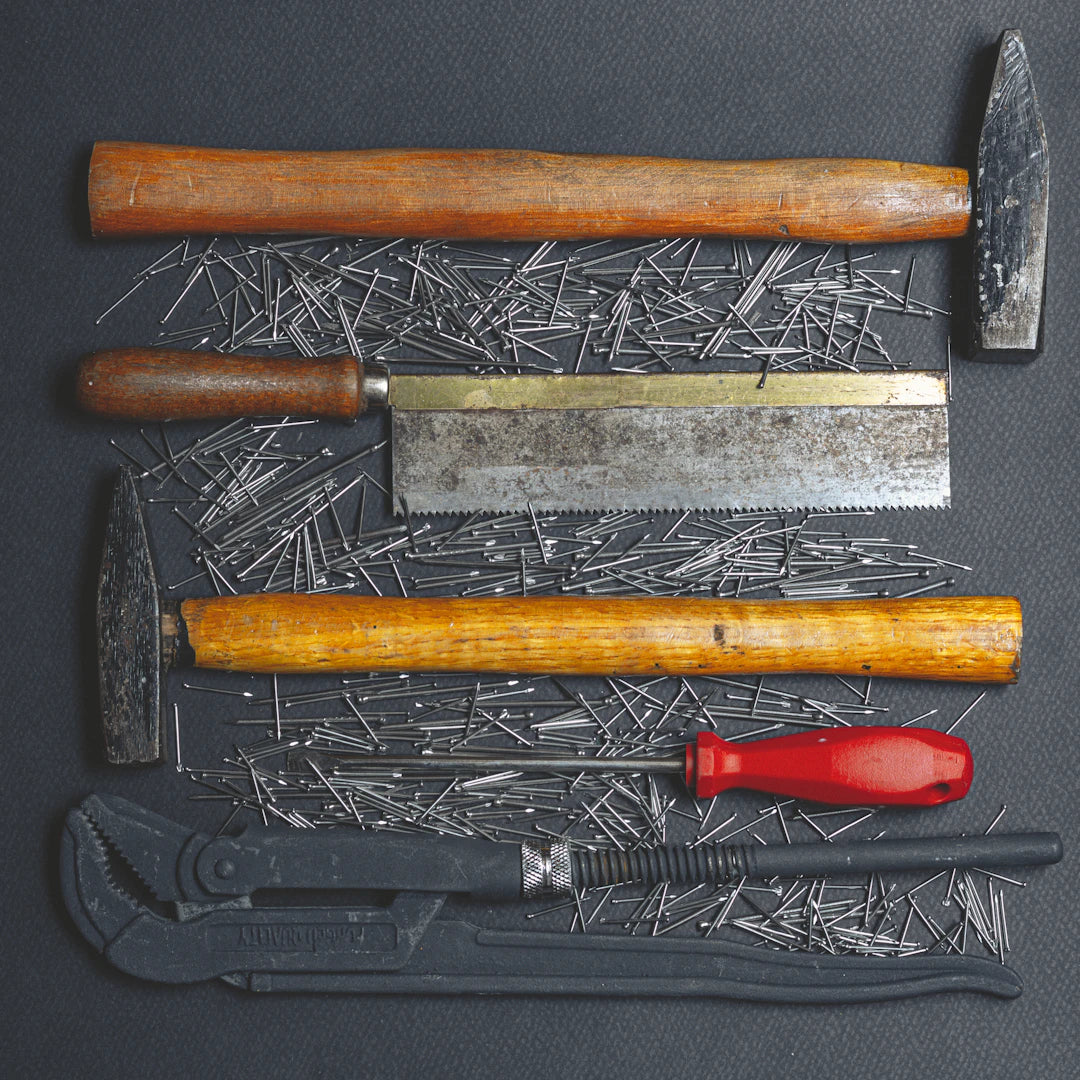

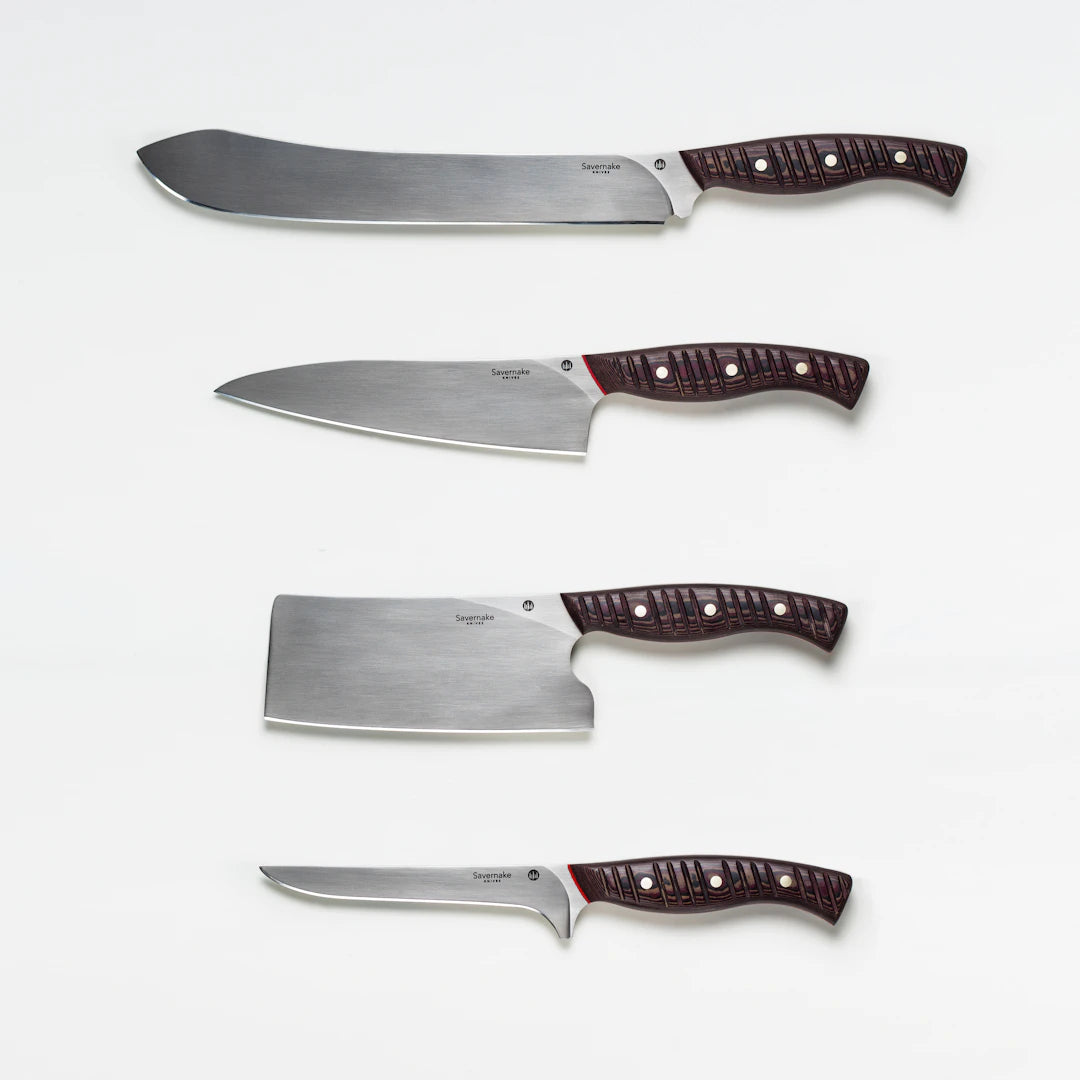
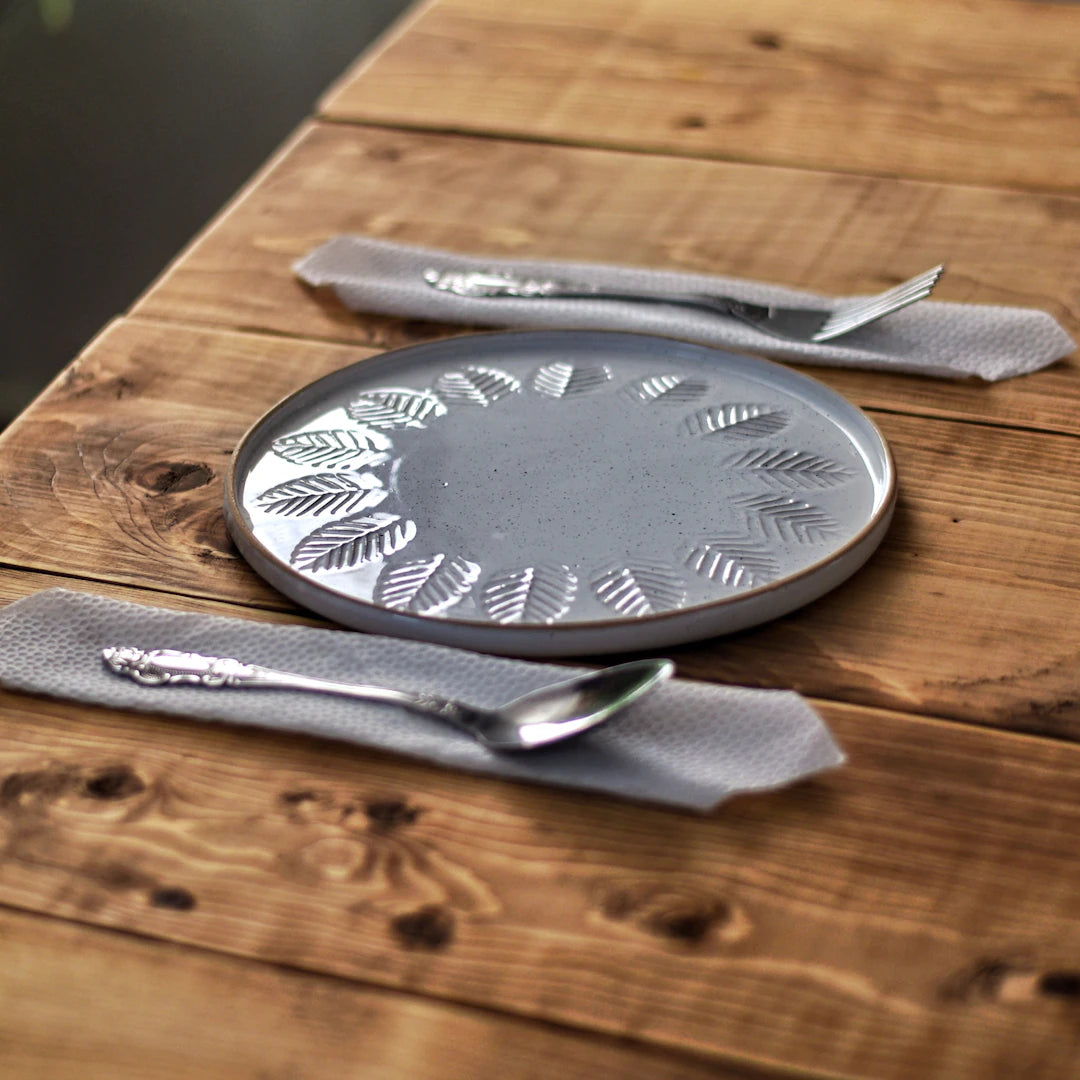

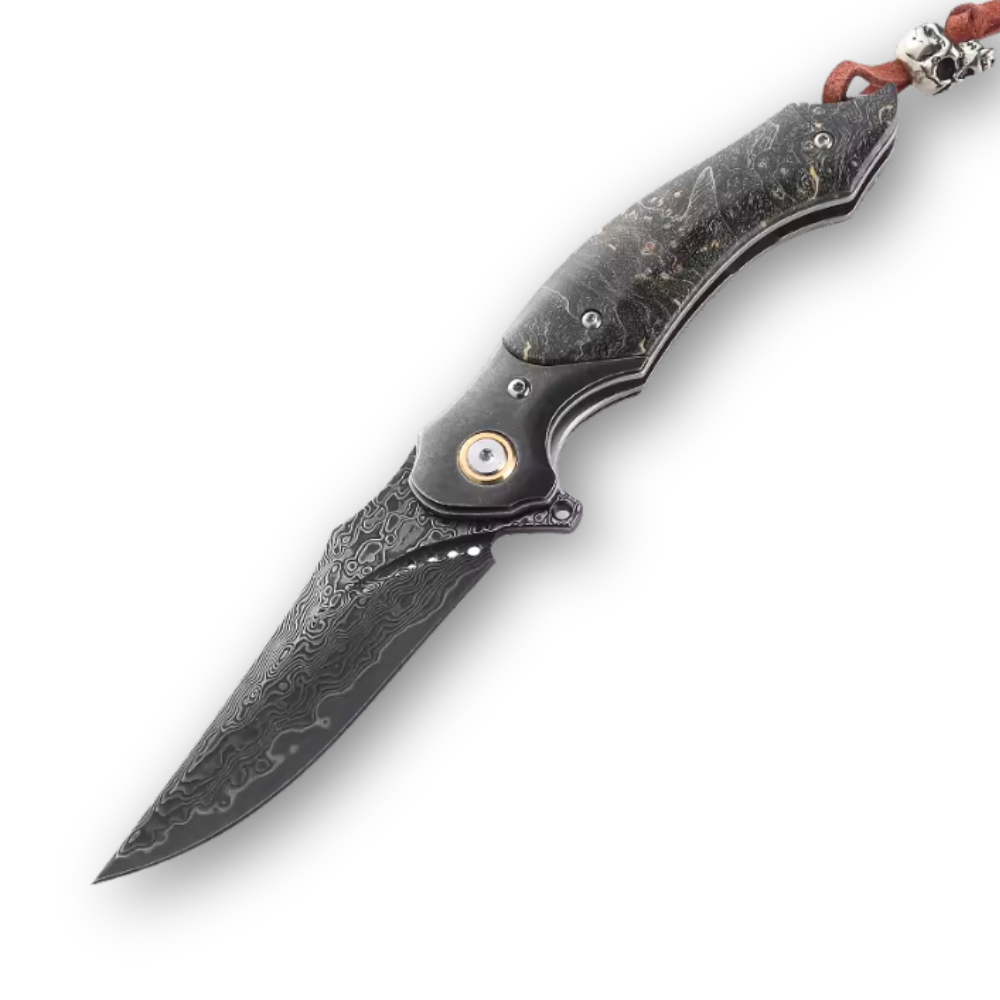
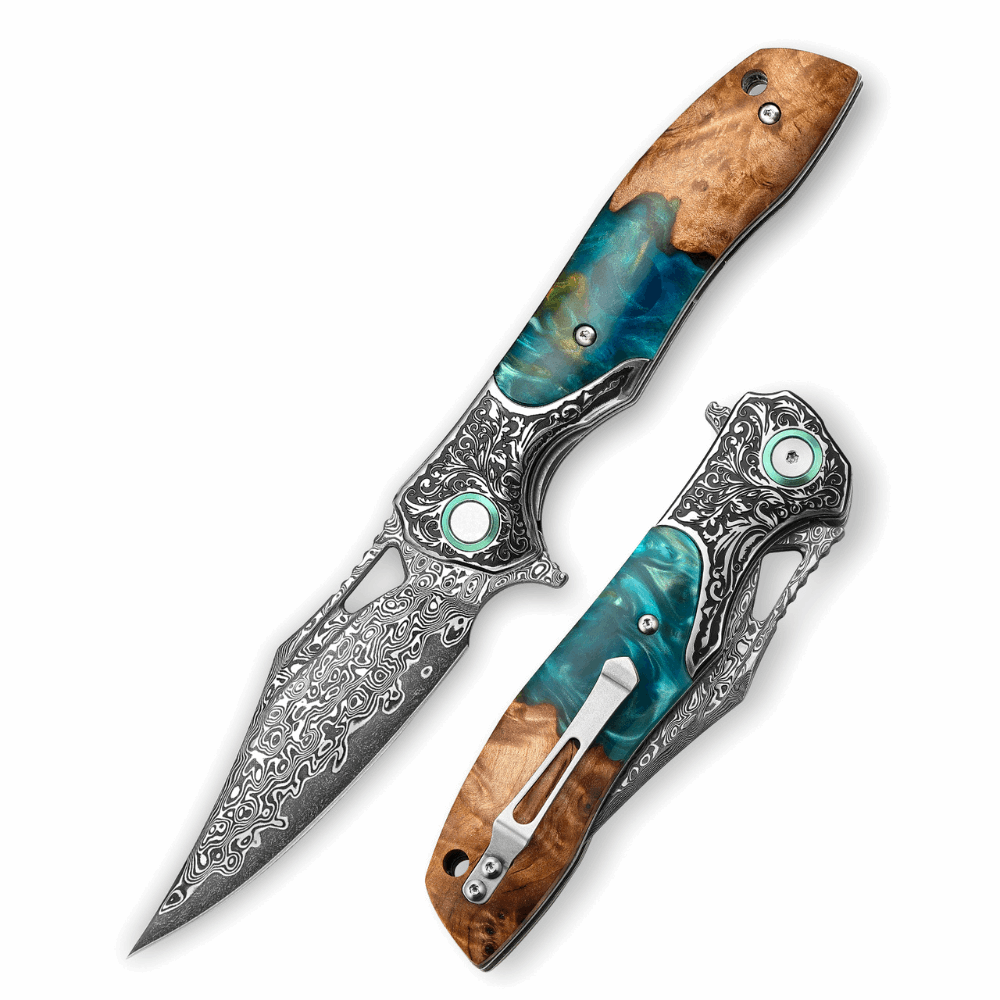
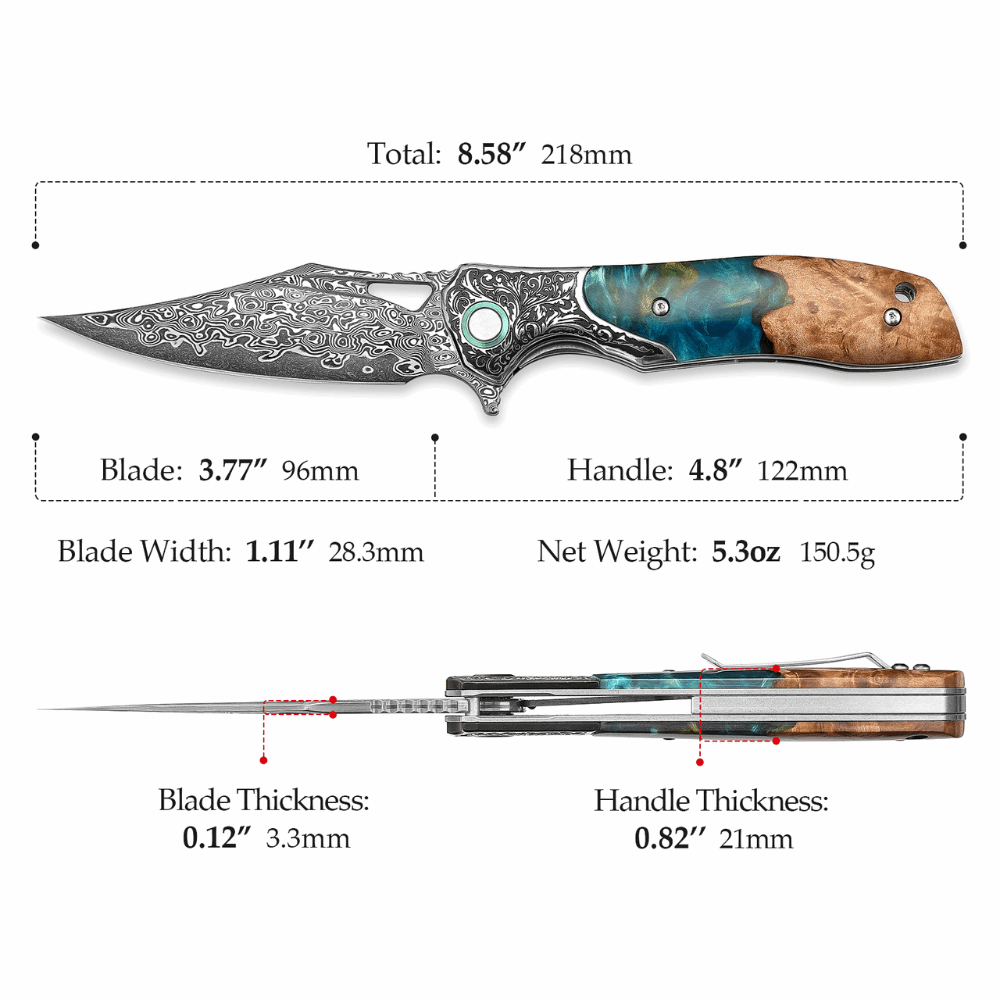
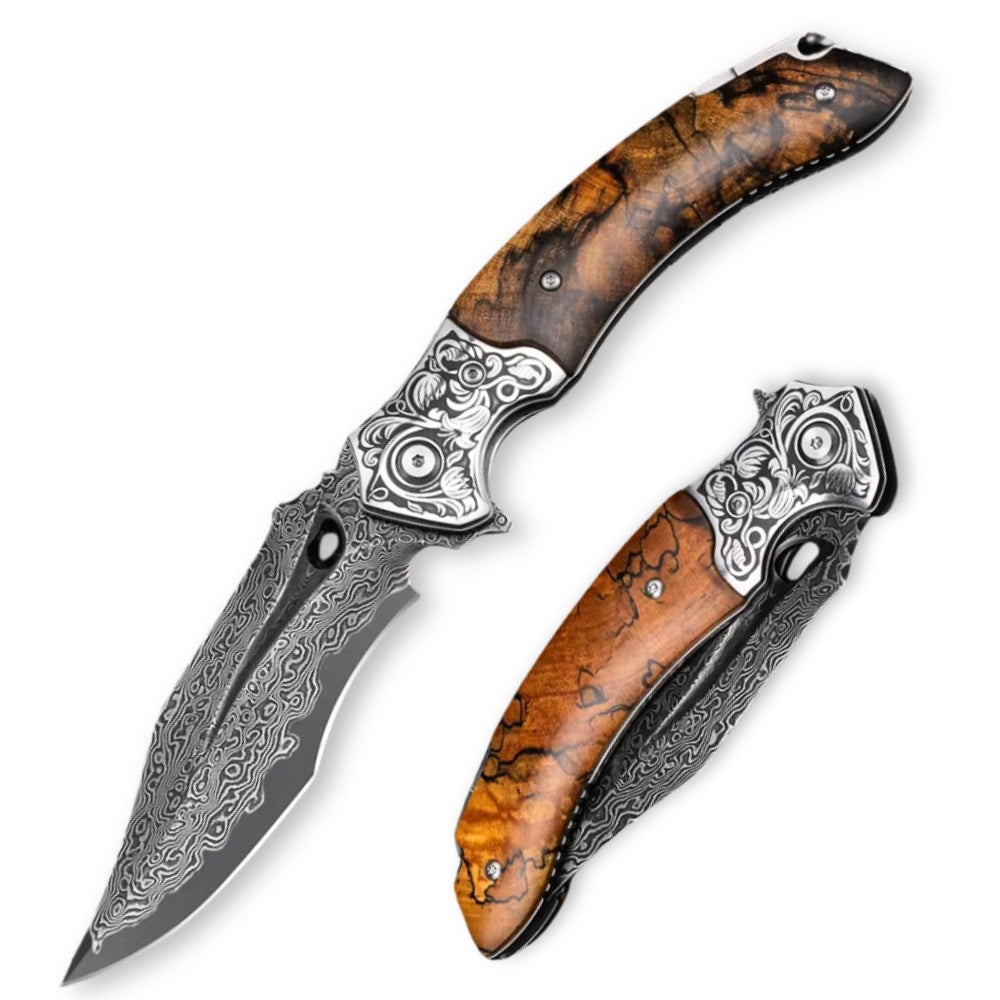
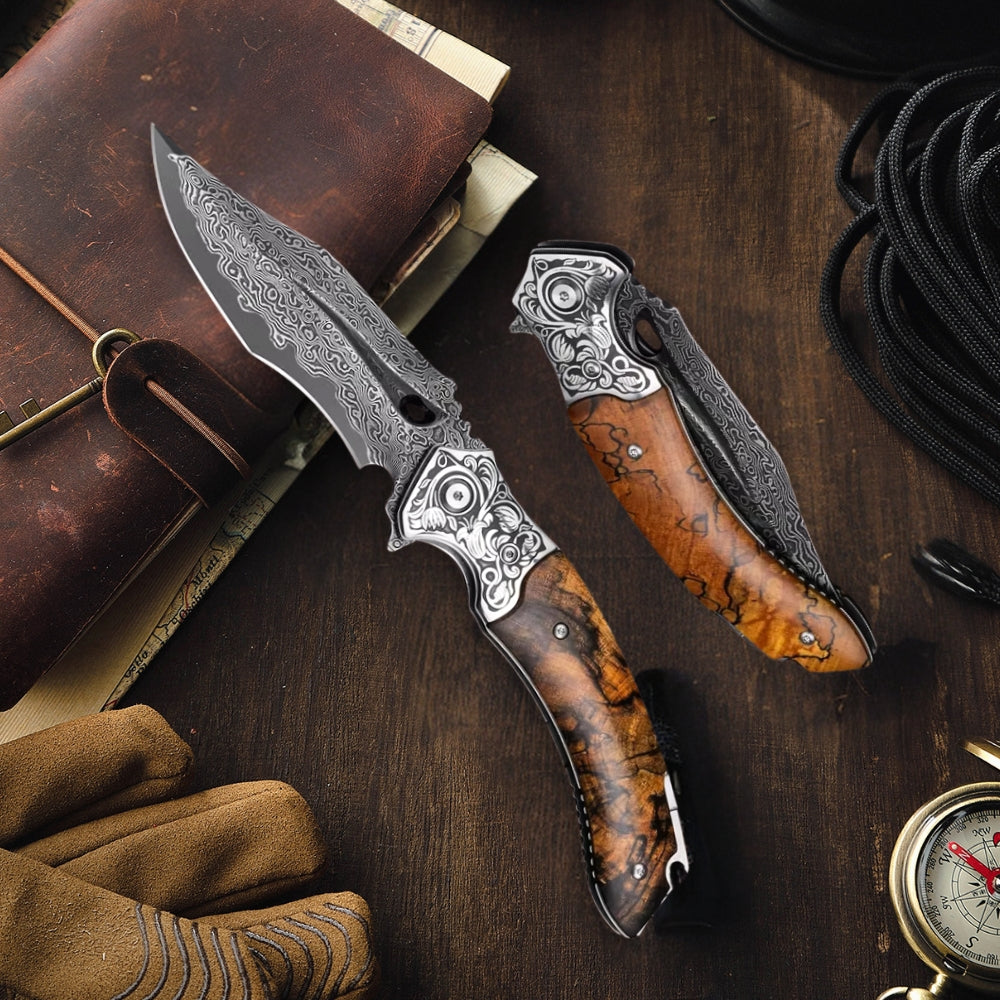
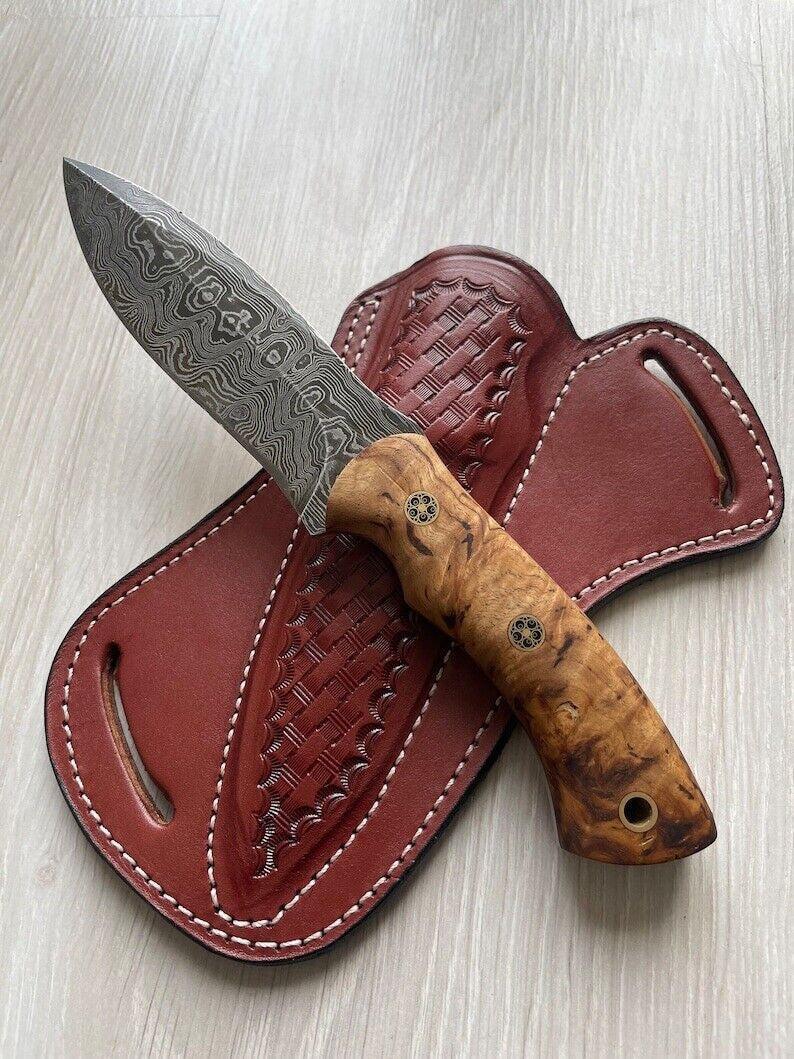

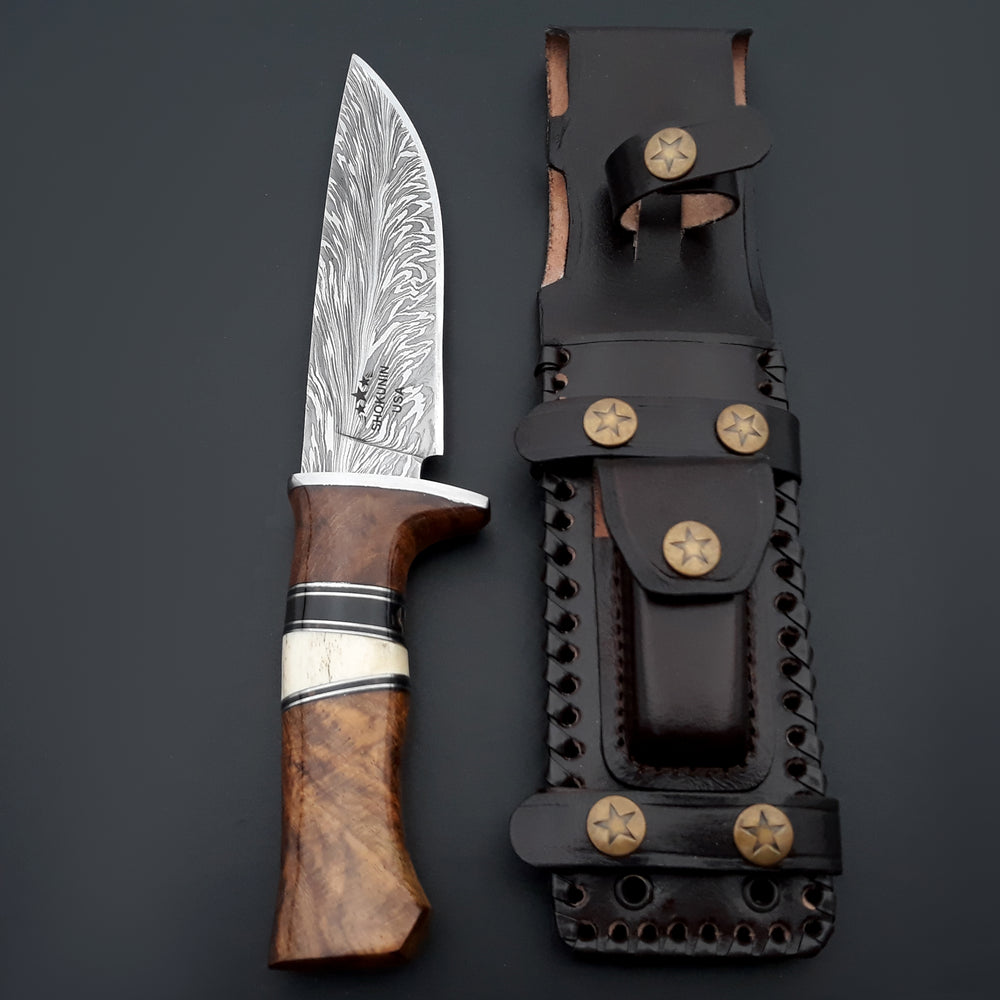
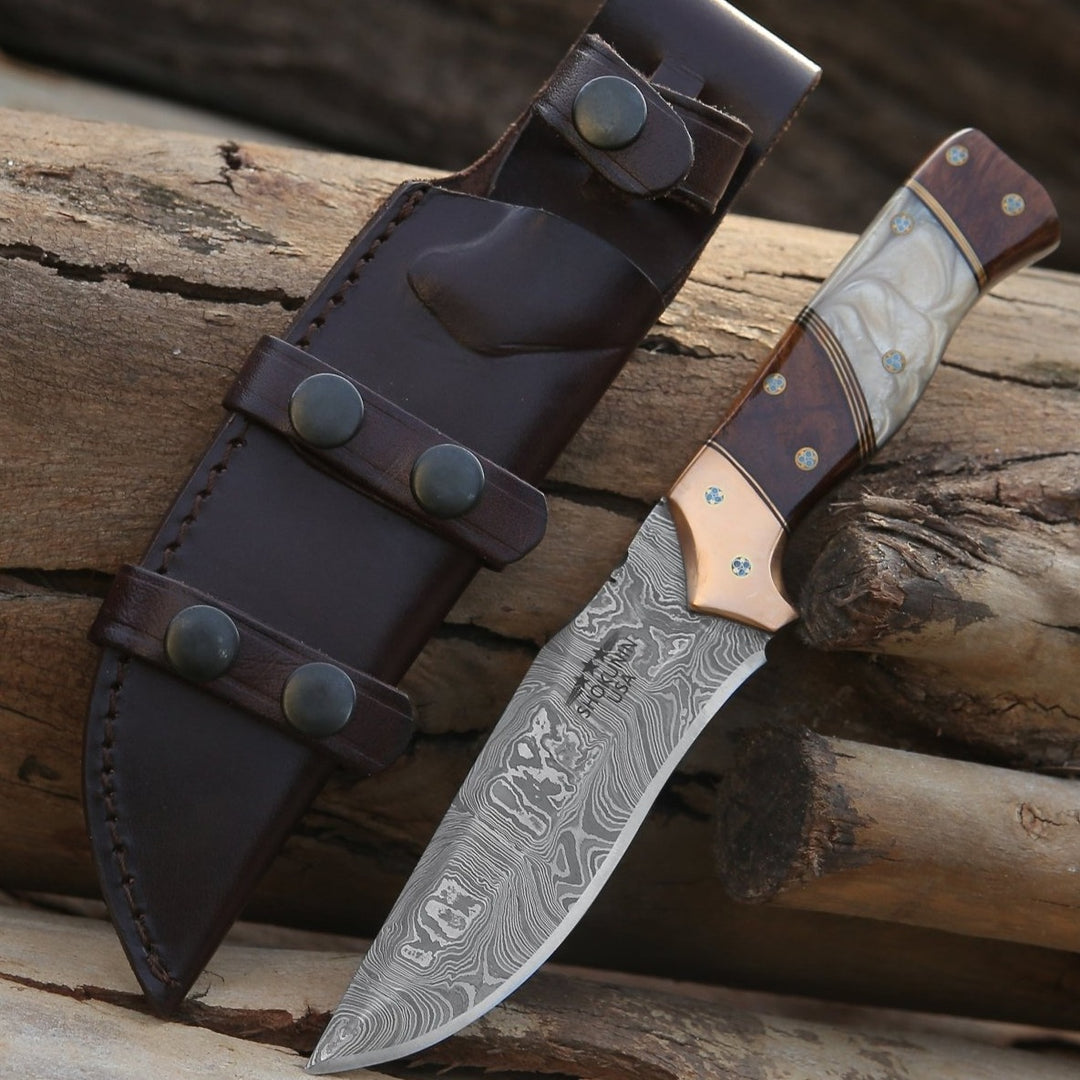
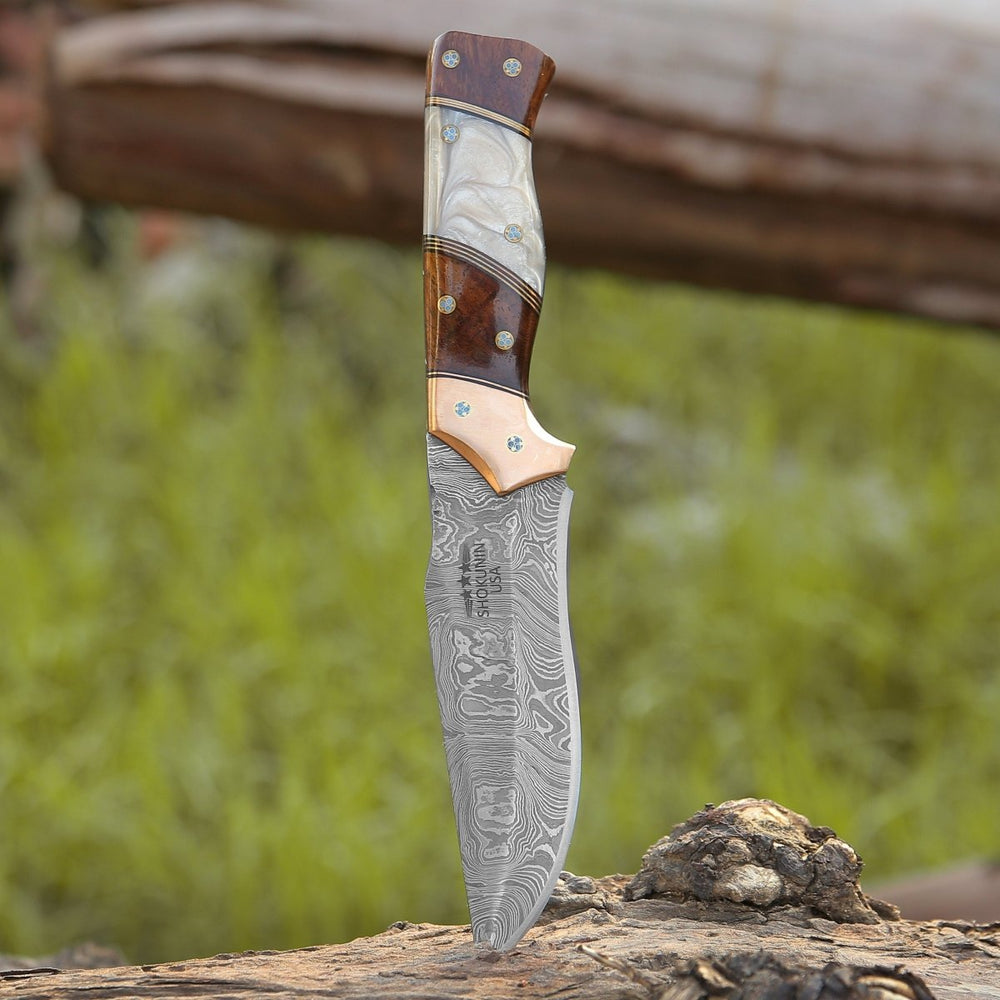
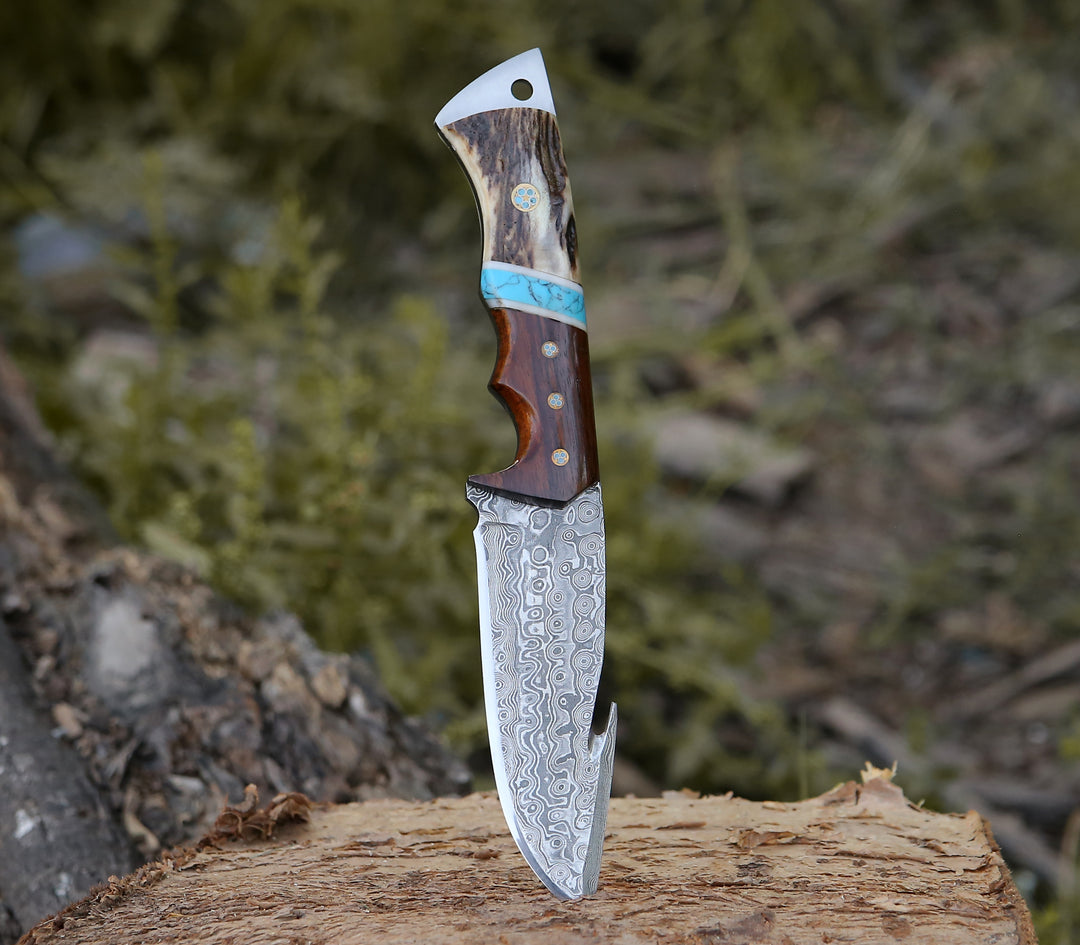

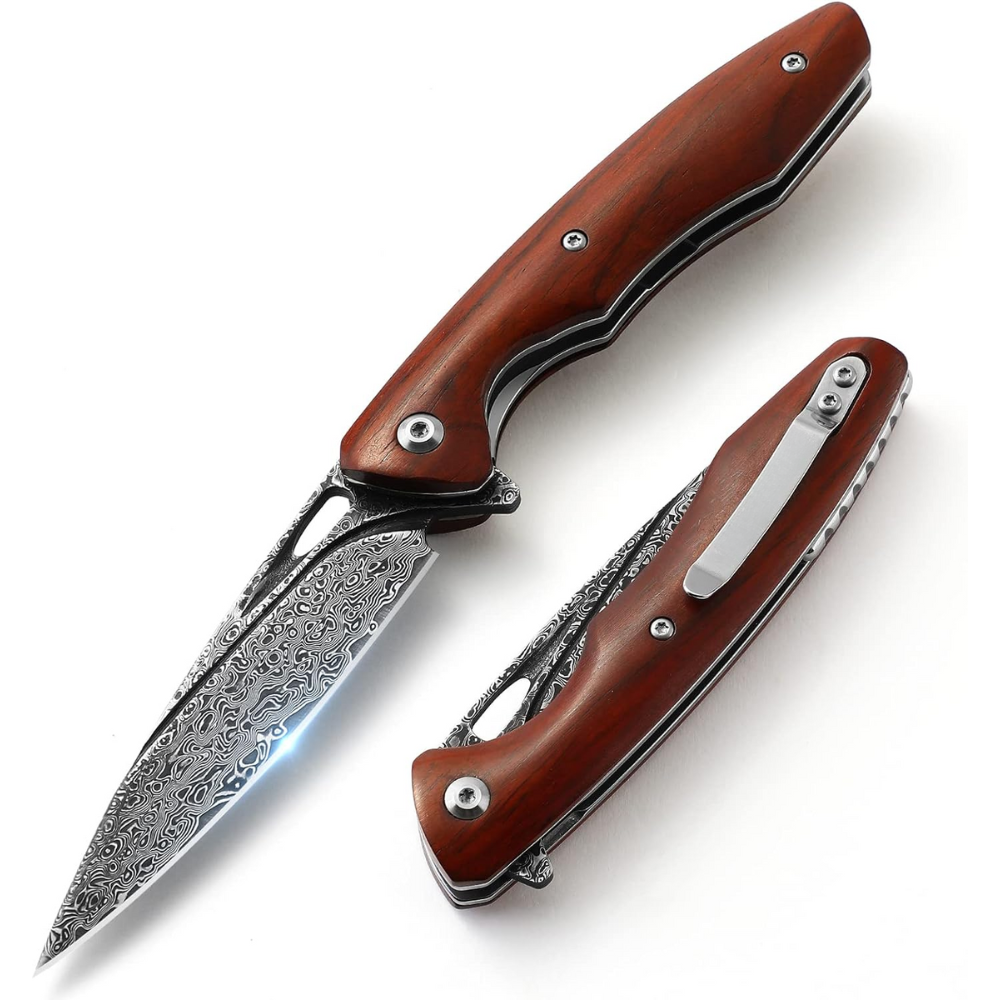

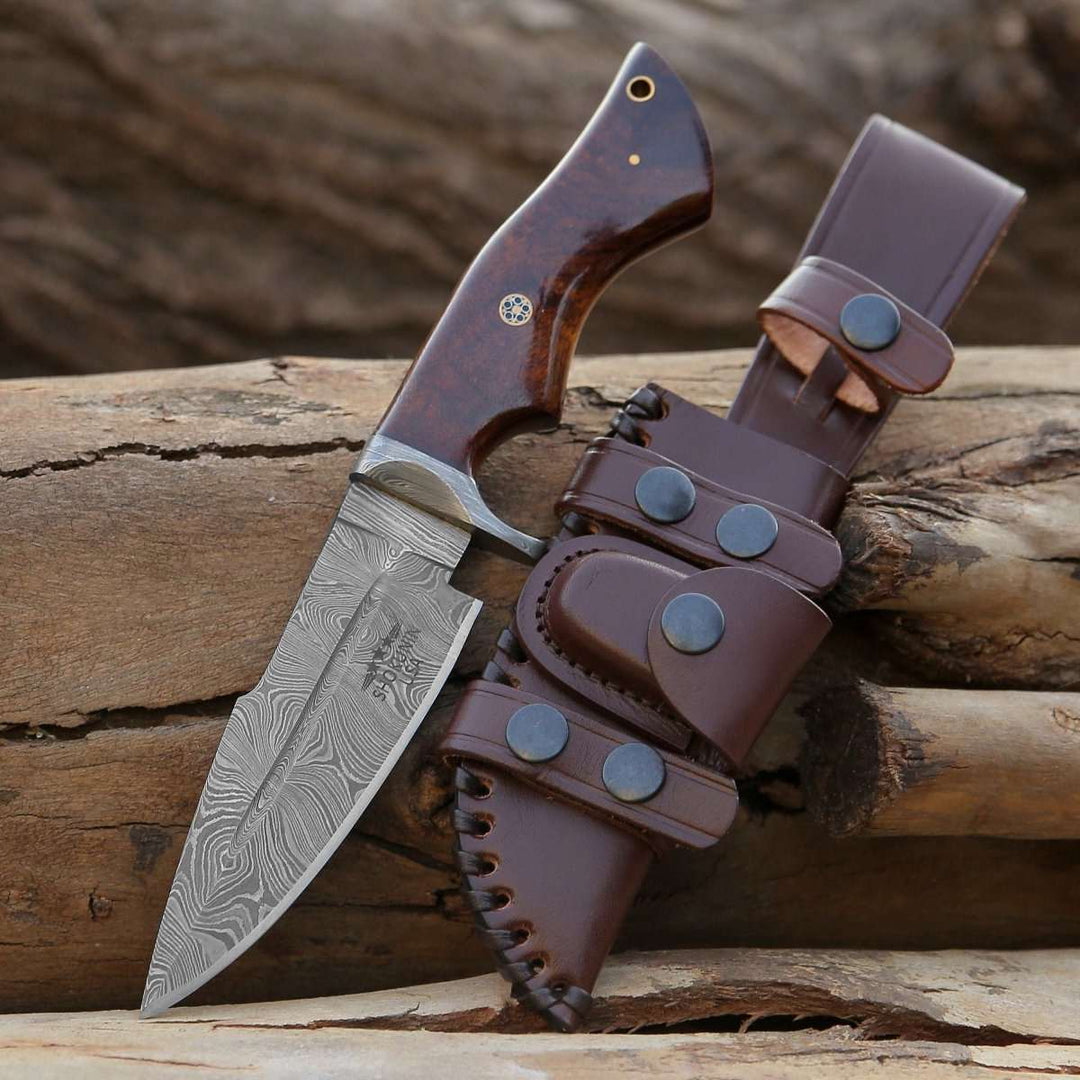
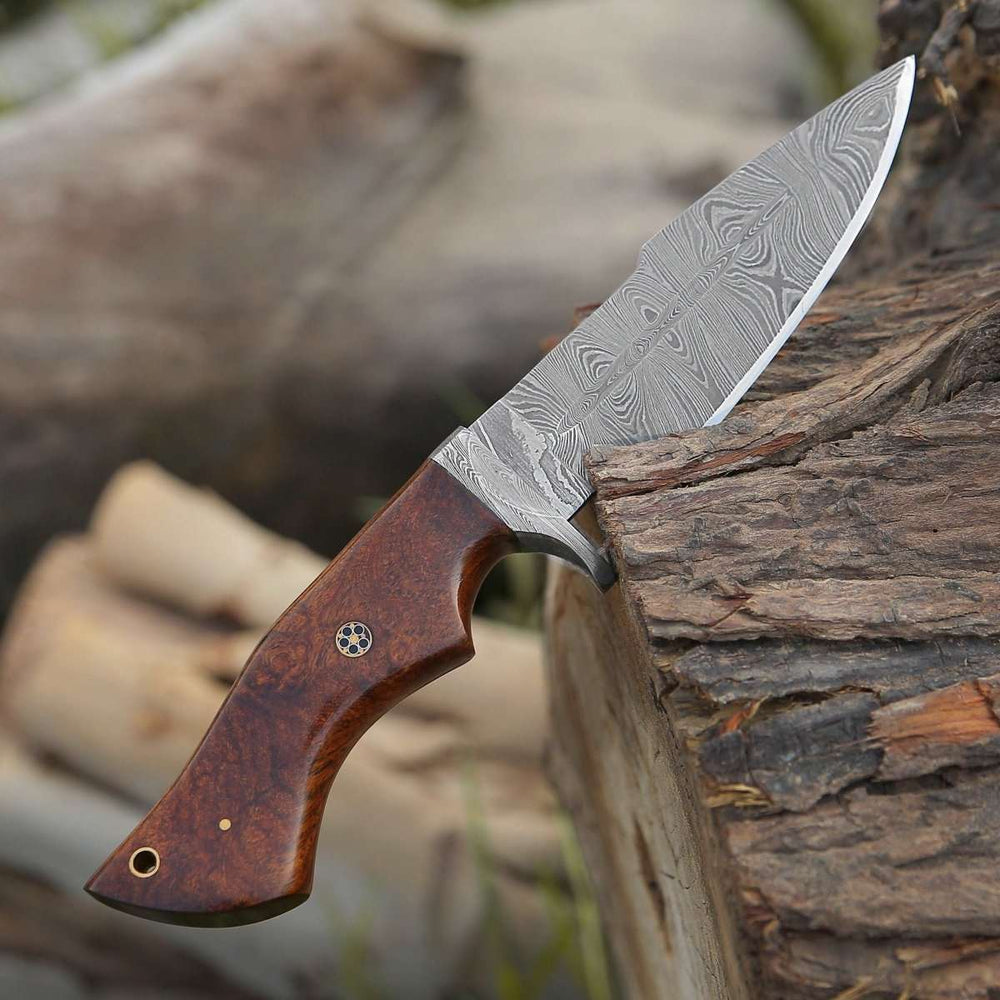

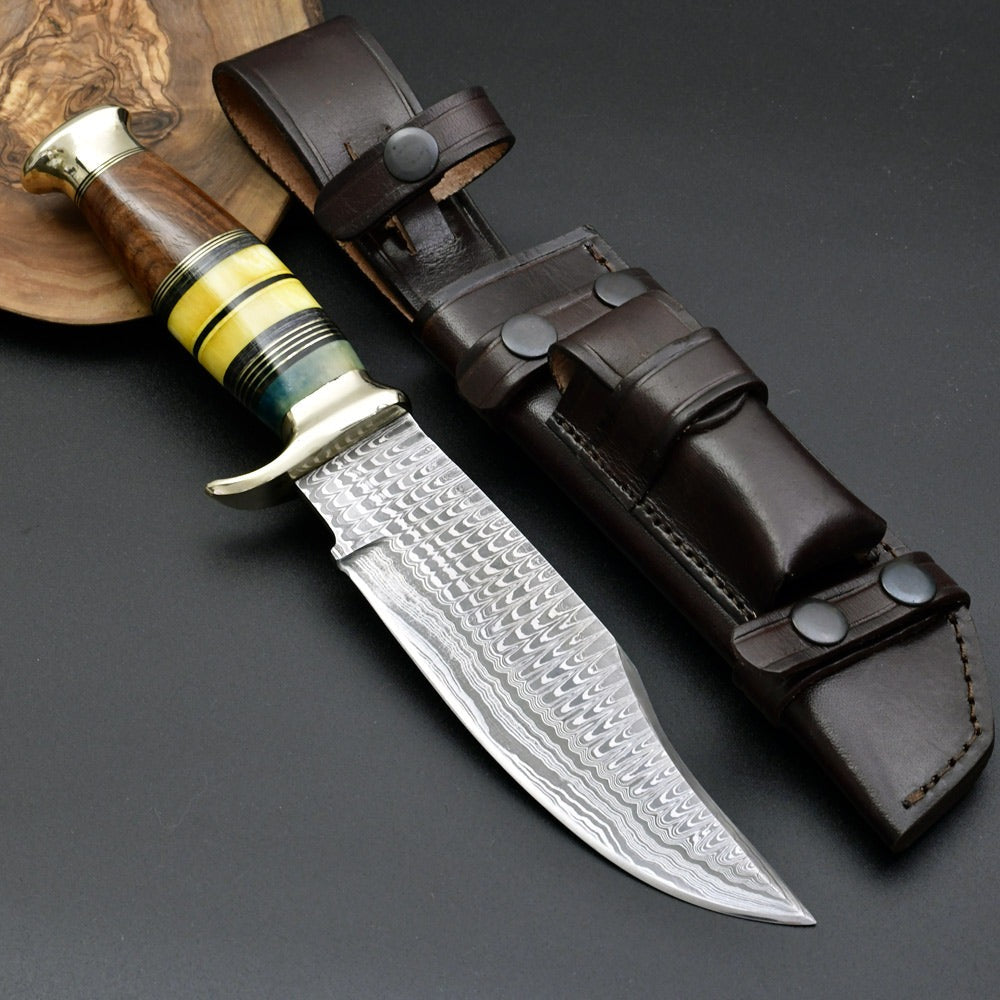
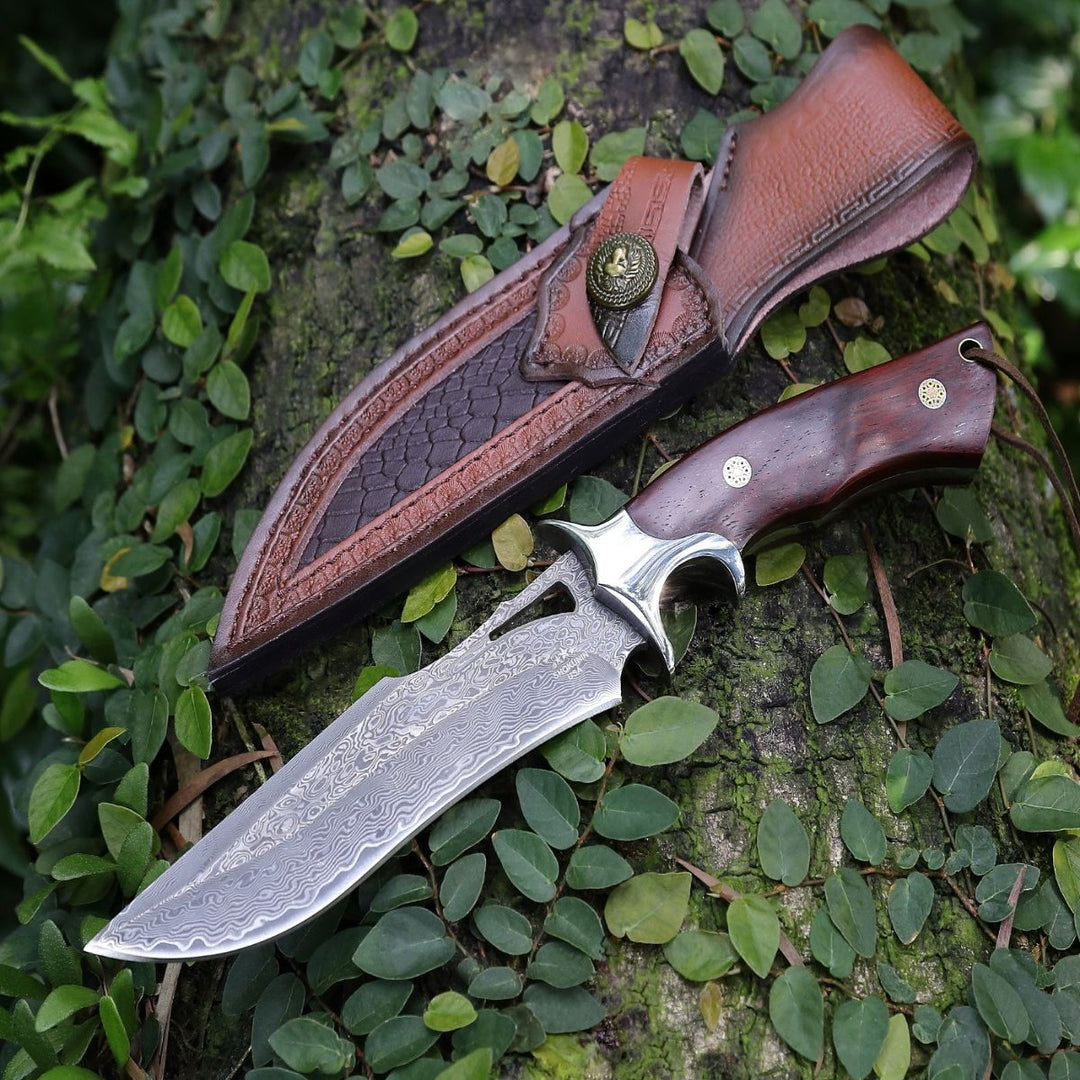
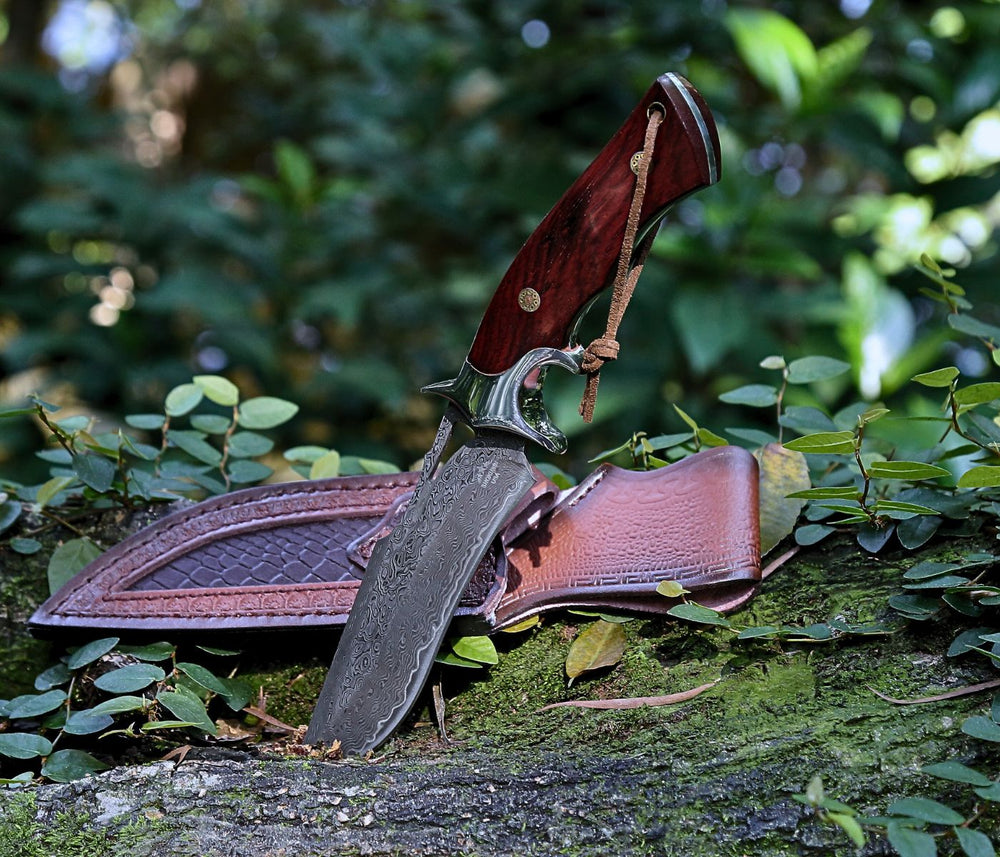
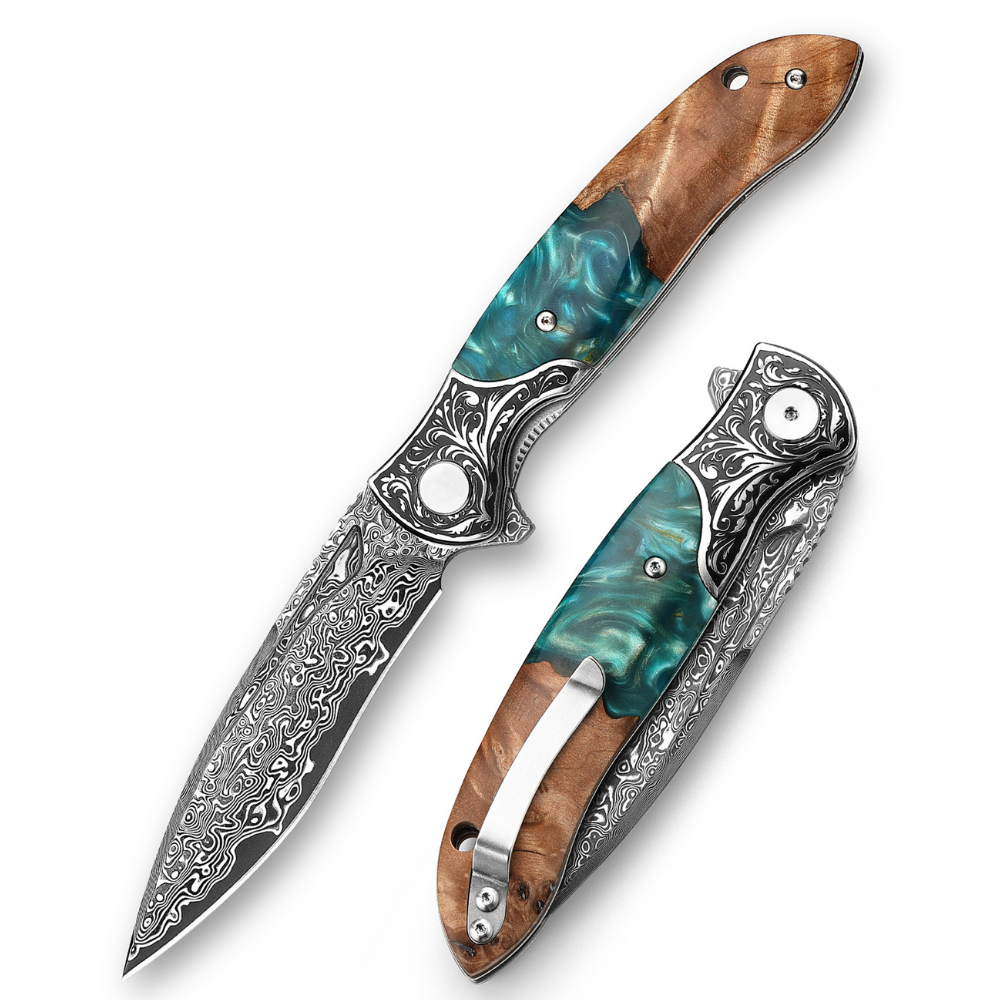
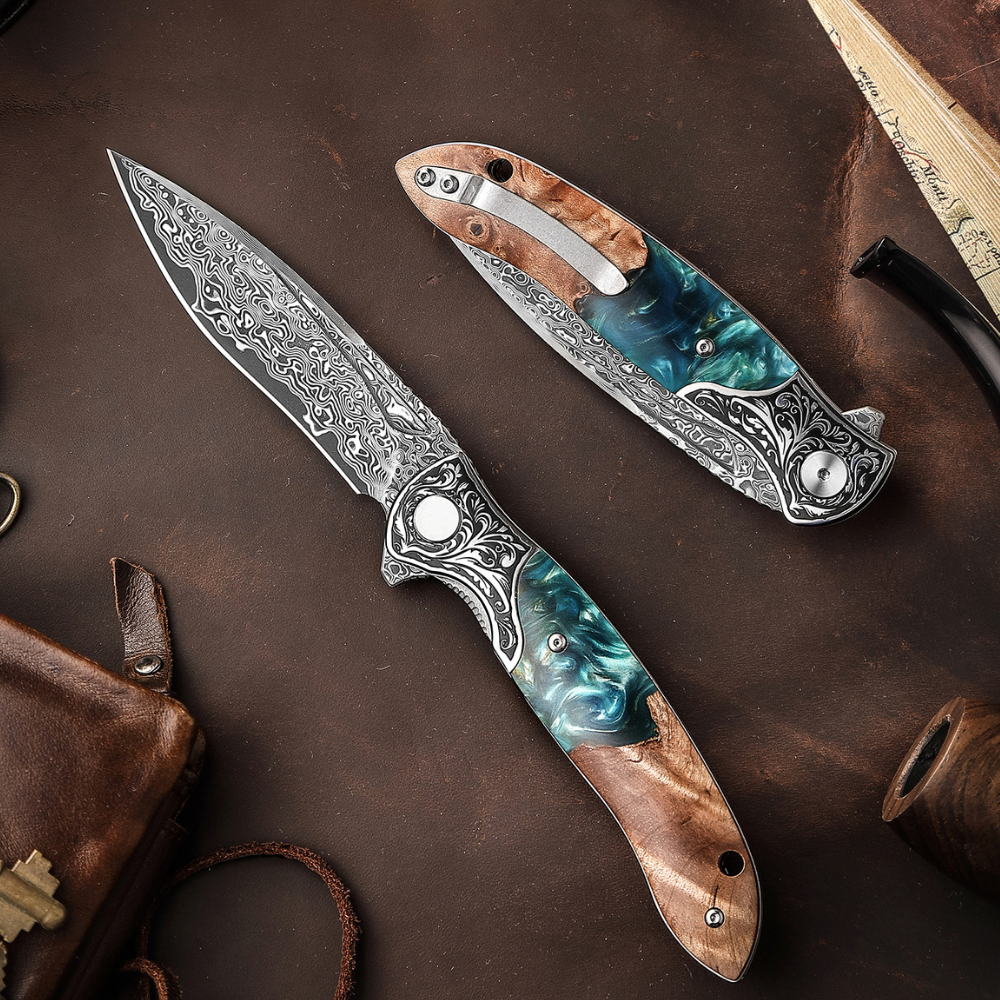
Leave a comment